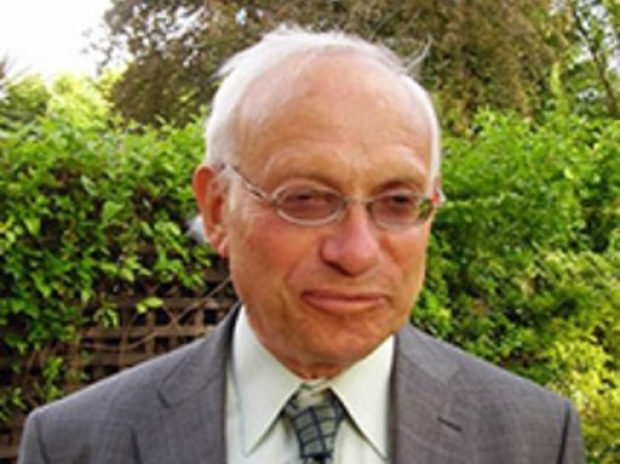According to his daughter Sara Lynn Black, Kirstein died of a brain tumour.
Kirstein adopted Transmission Control Protocol and Internet Protocol, or TCP/IP, in his own London research lab. At the time there were competing protocols being put forward at the time by international standards groups. However, Kirstein was the internet's great champion in he resisted enormous pressure to adopt alternatives.
Professor Kirstein was so avid a fan of computer networking that he gave Queen Elizabeth II her own email address, HME2. In 1976, while christening a telecommunications research centre in Malvern, England, the queen became one of the first heads of state to send an email.
In 1973, after stints with the European Organization for Nuclear Research, or CERN, in Geneva and in General Electric’s Zurich office, Professor Kirstein joined the faculty at the University College London. Computer networking became his principal research field.
When he built the university’s email gateway to the United States in 1973, his lab became one of the first international connections on the Arpanet, the precursor to the internet. For the next decade, he oversaw Britain’s presence on the Arpanet.
Professor Kirstein formed a close working relationship with Vince Cerf and another American, Robert Kahn — the co-inventors of TCP/IP — and exerted considerable influence in the field through his ties to the British Ministry of Defence and the British Engineering and Physical Science Research Council.
With additional support from the Pentagon’s research arm, the Defense Advanced Research Projects Agency, he became a crucial facilitator in the spread of TCP/IP in Europe, pushing academic and research communities there to use them. He adopted TCP/IP at University College London in 1982.
Cerf said that it was possible that TCP/IP would eventually have made its way into Europe “But Peter was the bellwether.”

